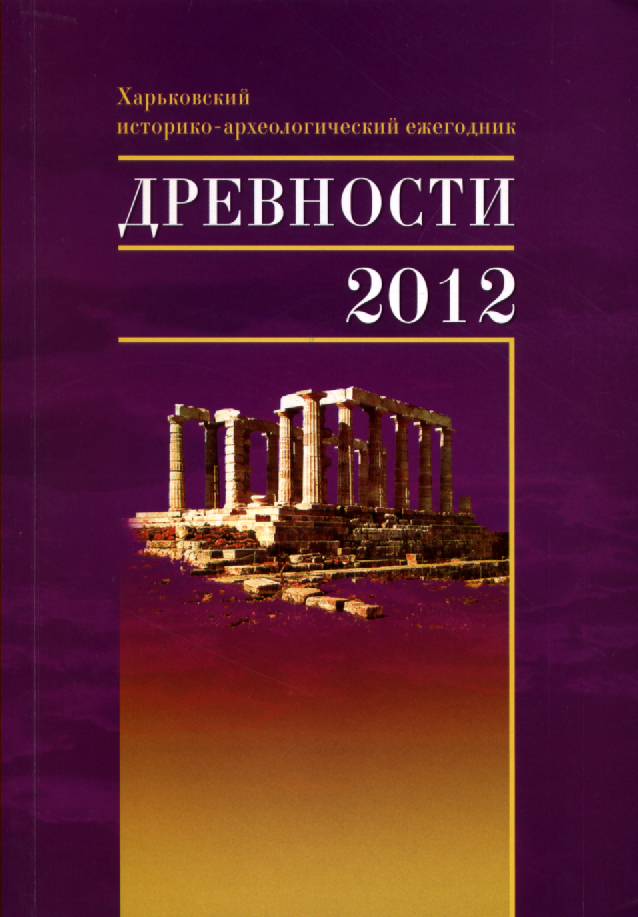Об одном иконографическом варианте образа грифона в греко-скифской торевтике
Анотація
Summary
L. Babenko. About the Interpretation of an Image of the Greco-Scythian Art
Among the burial inventory of the at least 5 complexes (Osnyagy, Pereshepyne, Olefirshuna, Pisochyn, Bogdanivka) there have been found golden stamped pendants diverse in their quantity (from 1 to 19) which had an image of a creature with peculiar features. The researchers interpret this image as that of a hare, a predator, a feline predator, a hoofed animal, a steppe marmot, a griffin. The analysis of the character’s iconography and the assumption of the possibility of separate variations through the peculiarity of the technological manufacture give ground for interpreting this creature as a griffin.
The local nature of the pendants areal distribution allows to assume that the probable places of their manufacture were the jewellery workshops of the Bils’ke settlement.
The origin of all the pendants from the complexes of the end of the 5th — the first quarter of the 4th centuries B. C. indicate a narrow chronological period of their use. This also allows involving this stamp of lamellate appliqué for secure chronological indicator in future.
Key words: the Scythian culture, the Bils’ke settlement, golden stamped pendants, lamellate appliqué, a griffin.




